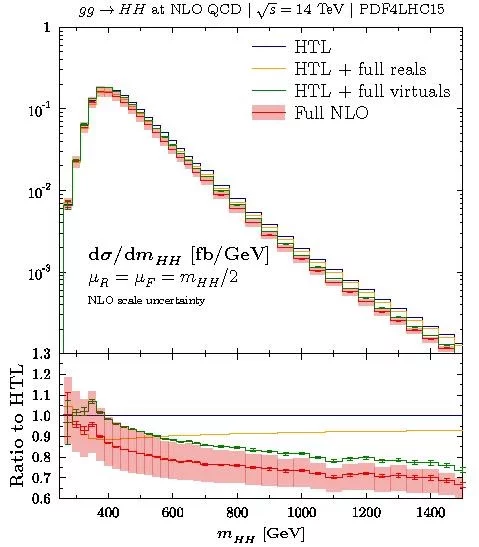The discovery of a scalar particle that is compatible with the Higgs boson of the Standard Model of particle physics established the completion of the theory of weak interactions. However, to prove the nature of the particle as the Higgs boson of the Standard Model, i.e. the excitation of the Higgs field that is responsible for electroweak symmetry breaking, it is mandatory to test its properties in much more detail. After the coupling strengths of the Higgs particle to the electroweak gauge bosons W and Z and to the fermions of the third and part of the second generation (top, bottom quark, tau and mu lepton) have been successfully verified at the LHC (within the corresponding uncertainties on the experimental and theoretical side), the next step will be the determination of the Higgs self-interactions and thus the shape of the scalar Higgs potential itself. The mexican-hat shape of the Higgs potential is mandatory for electroweak symmetry breaking in the Standard Model. The first process in future runs of the LHC that is directly sensitive to the self-interactions between Higgs bosons is the production of Higgs-boson pairs. The dominant Higgs-pair production mode is provided by the gluon-fusion mechanism gg → HH, where the gluons are part of the colliding protons and the Higgs bosons couple to the gluons via a virtual top-quark loop. For a reliable prediction of the corresponding production cross section the full radiative corrections at next-to-leading order in perturbation theory are required supplemented by a rigorous estimate of the related theoretical uncertainties. In the works performed in the LTP theory group at PSI, the full next-to-leading-order corrections have been computed with novel numerical methods and the uncertainties have been extended by uncertainties originating from the treatment of the virtual top-quark mass. These uncertainties turn out to be significant and will be included in the theoretical predictions for future analyses at the LHC. The findings have been discussed inside the Higgs Working Group of the LHC with the final recommendation of including these theoretical uncertainties. This will play a relevant role in particular for the final high-luminosity runs of the LHC. The results will have a significant impact on the size of the error bars of these future measurements at the LHC and thus the future room left for New Physics beyond the Standard Model.
References:
J. Baglio, F. Campanario, S. Glaus, M. Mühlleitner, M. Spira and J. Streicher, European Physical Journal C79 (2019) no.6, 459
J. Baglio, F. Campanario, S. Glaus, M. Mühlleitner, J. Ronca, M. Spira and J. Streicher, Journal of High Eenergy Physics 2004 (2020) 181
J. Baglio, F. Campanario, S. Glaus, M. Mühlleitner, J. Ronca and M. Spira, Physical Review D103 (2021) 5, 056002


